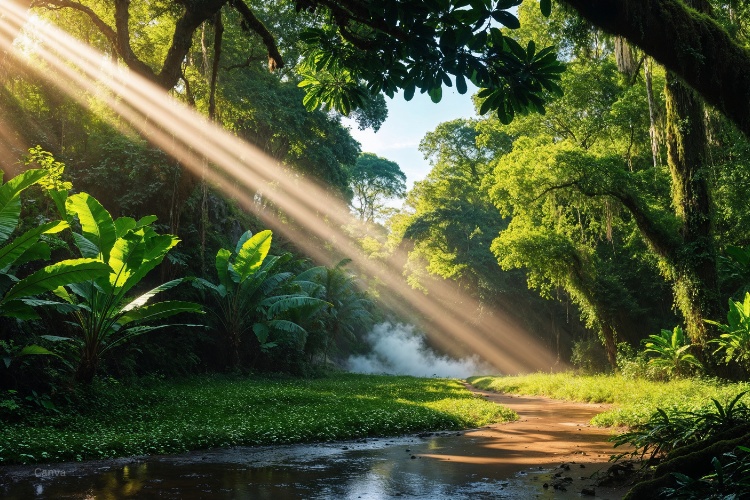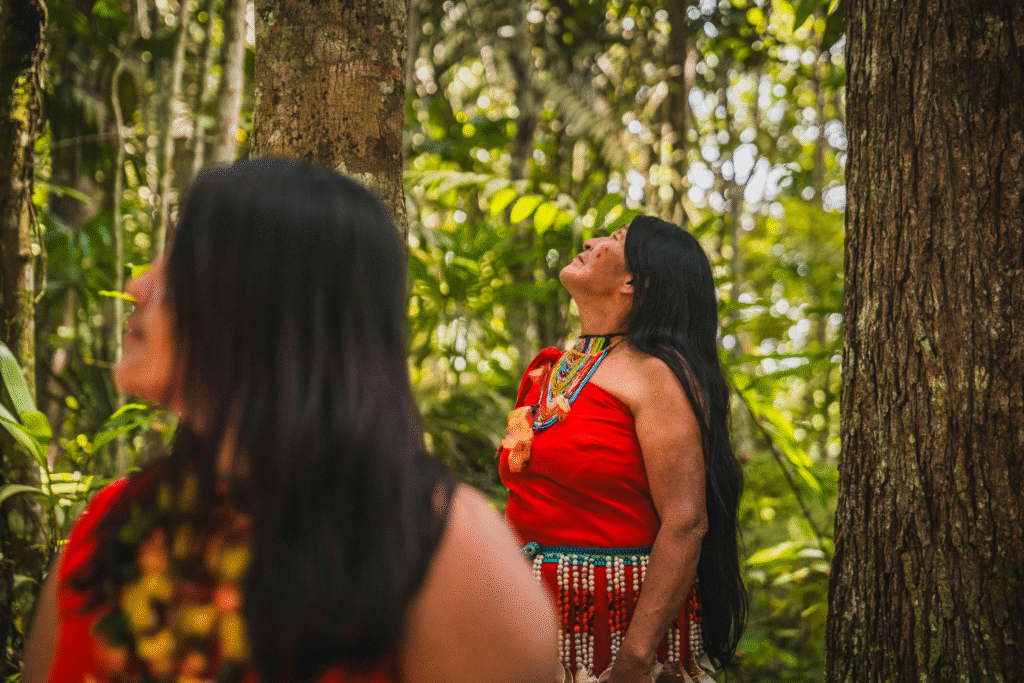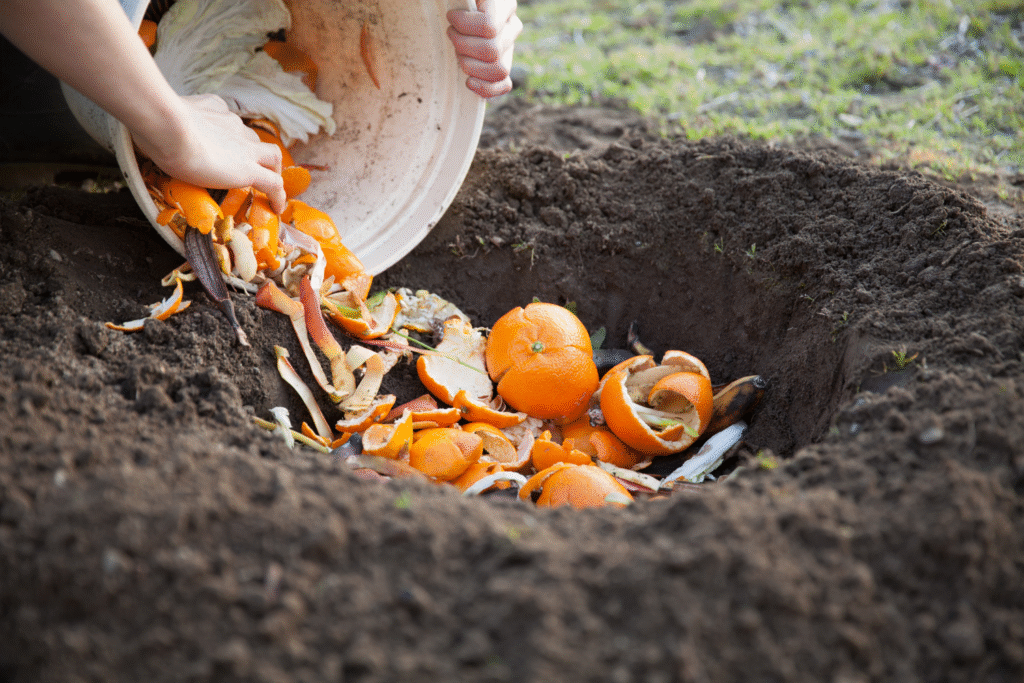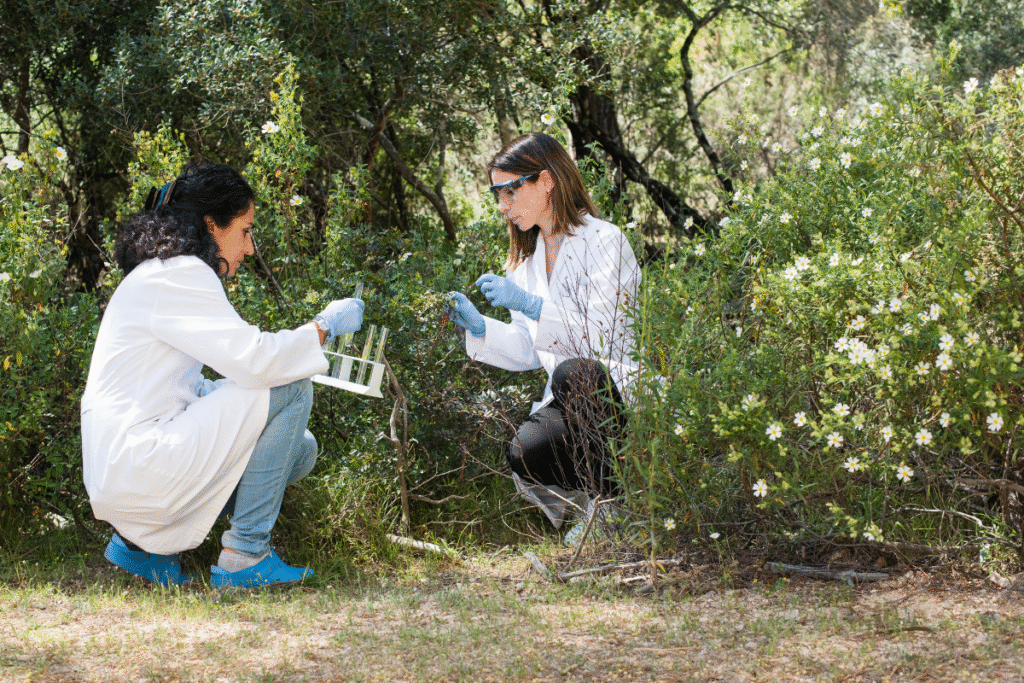Ancient soil secrets reshape ideas of early ingenuity.

For generations the Amazon was painted as a place where nature ruled untouched and human impact remained faint. That story has started to unravel as new findings show that some of the richest soils in the entire basin were not natural gifts at all but the result of deliberate human effort. The communities who lived there transformed poor tropical ground into something fertile, durable and surprisingly complex. Their work forces a very different understanding of rainforest history and hints at knowledge far deeper than most people ever imagined.
1. Ancient communities engineered fertile soil zones with intention.

Researchers examining dark earth patches across the Amazon found unusually high nutrient levels and clear signs of long term human involvement, according to National Geographic. The soil appears in concentrated pockets around ancient villages, suggesting purposeful enrichment rather than chance accumulation. Charcoal, food scraps and everyday waste seem to have played major roles in how these communities shaped ground that would otherwise be too poor to support sustained agriculture.
As more samples are analyzed, the evidence grows stronger. These soils reveal a pattern of active stewardship where early Amazonians systematically improved the land around them, leaving behind a signature still visible today.
2. Vast carbon stores inside dark earth challenge old assumptions.

A closer analysis of the charcoal rich matrix shows that these soils lock in carbon for centuries, a discovery that significantly alters how scientists view ancient environmental engineering, as reported by the BBC. The fact that the carbon remains stable for such long periods suggests intentional burning practices that produced slow forming, nutrient holding material. Researchers now think these communities understood how to manipulate fire and organic matter in ways that go far beyond simple daily cooking waste.
Even more compelling is how widespread this carbon stability appears. The soil does not degrade quickly, meaning the people who made it created a resource with remarkable endurance.
3. Modern Indigenous practices echo ancient soil building methods.

Ethnographic research in parts of the Amazon shows that some communities still enrich soil with charcoal and refuse in ways that resemble ancient techniques, as stated by Scientific American. While not identical, the similarities indicate cultural continuity rather than isolated ingenuity. These modern practices involve steady additions of household by-products that slowly shift the chemistry of the soil beneath living spaces.
When archaeologists compare these present day patterns with ancient samples, the parallels are striking. That connection strengthens the idea that dark earth arose from purposeful action, not accidental buildup over time.
4. The Amazon’s natural soil fertility is surprisingly weak.

Despite the forest’s towering beauty, most of its soil has very little nutrient holding power and washes out quickly in heavy rain. Early inhabitants faced a landscape that simply could not sustain settled agriculture without intervention. Realizing that, they began shaping soil that could support crops with far more reliability than anything the natural ground offered them. Their efforts reveal a deep understanding of local ecology long before written records existed.
That context makes dark earth even more impressive. Instead of moving to richer regions, they enhanced the land beneath their feet and created pockets of abundance in a challenging environment.
5. Settlement patterns often match dark earth distribution.

Aerial surveys and site mapping consistently show that ancient villages cluster near or directly on top of dark earth patches. This alignment suggests a feedback cycle where habitation enriched soil and improved soil encouraged more stable settlement. The pattern repeats across large stretches of the basin, indicating that soil building supported entire networks of communities rather than isolated groups.
As those settlements expanded, so did the engineered soils. Their presence now serves as a quiet record of where people lived, farmed and reshaped their environment with subtle but powerful intention.
6. Pottery fragments and organic layers reveal methodical soil building.

When researchers sift through dark earth they often find broken pottery, fish bones, plant matter and layers of charcoal mixed into the soil. These ingredients change how nutrients move and how microbes behave, turning a fragile base into something fertile and long lasting. The consistency of these materials across sites suggests that they were added deliberately and repeatedly over generations.
As the layers built up they formed a soil unlike anything else in the region. Its stability appears to come from the intricate blend of materials that ancient communities worked into the landscape over time.
7. These discoveries redefine the early Amazon as an engineered landscape.

The narrative of untouched rainforest wilderness begins to shift when you acknowledge human made soils beneath the forest floor. Instead of passive inhabitants, ancient Amazonians emerge as skilled landscape managers who understood how to enhance their surroundings. The forest as we know it may have grown atop the legacy of their decisions, creating a far more complex relationship between people and nature than earlier theories allowed.
Once seen through that lens, the Amazon becomes a record of quiet innovation. The people who lived there were more than survivors of a difficult environment, they were shapers of it.
8. Dark earth may hold clues for modern climate strategies.

Because this soil traps carbon for centuries, researchers have begun exploring whether certain principles behind its creation can inform present day efforts to stabilize degraded land or offset emissions. While the exact recipe remains elusive, the concept of combining charcoal with organic material continues to inspire experimental approaches. Some scientists think these ancient methods show how people can work with natural processes rather than against them.
Still, translating dark earth into modern contexts requires caution. The soil formed under cultural, ecological and temporal conditions that cannot be directly reproduced, but the guidance it offers is undeniable.
9. Pockets of dark earth exist in more regions than expected.

Initial surveys suggested that these rich soils were rare, but recent mapping has uncovered new patches across the western and southern Amazon. This wider distribution hints that soil building may have been a common adaptation rather than a specialized practice. Each new discovery pushes the boundaries of known human influence deeper into the forest and adds complexity to the story of how communities shaped their land.
That expanding map gives researchers fresh leads about migration, trade and settlement. The soil becomes a clue that ties distant regions together through shared techniques.
10. Scientists continue uncovering clues to the soil’s exact origins.

Even with growing evidence, the fine details behind dark earth formation remain under active study. Researchers scrutinize everything from microbial communities to ancient burning methods, searching for the processes that created such durable fertility. Some teams examine how waste was layered, while others study the role of slow burning fires in producing stable charcoal. Every new finding adds texture to a story that is still unfolding.
That ongoing mystery is part of the fascination. The soil holds centuries of knowledge, and each layer pushes modern science to reconsider what early Amazonian societies truly understood.
